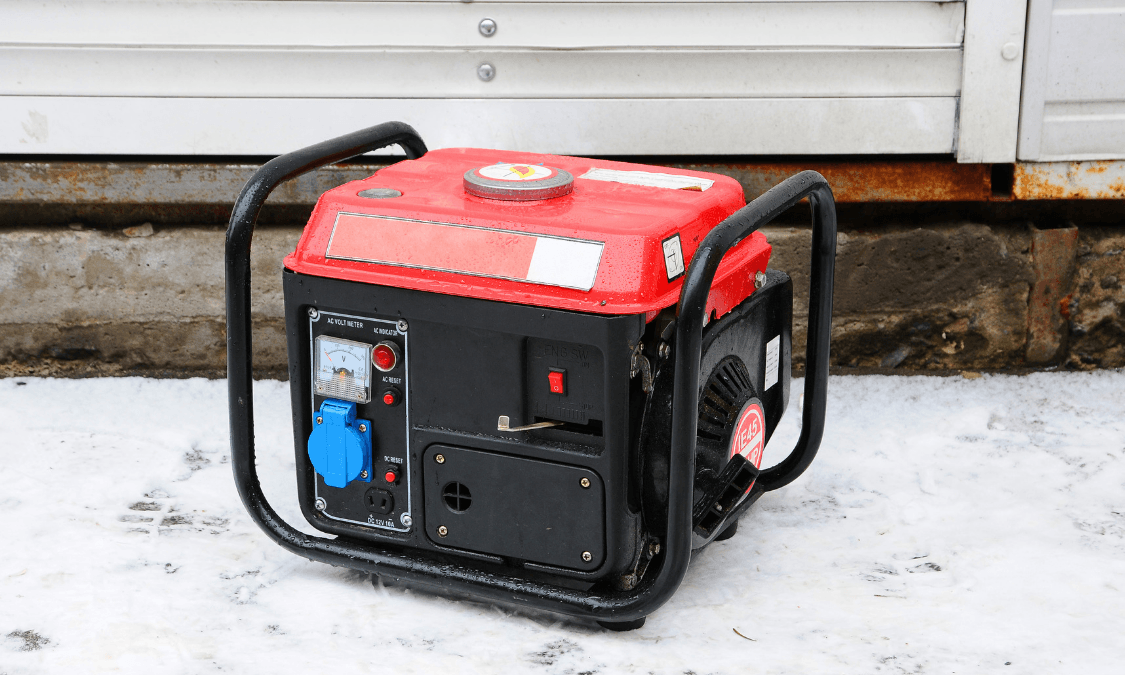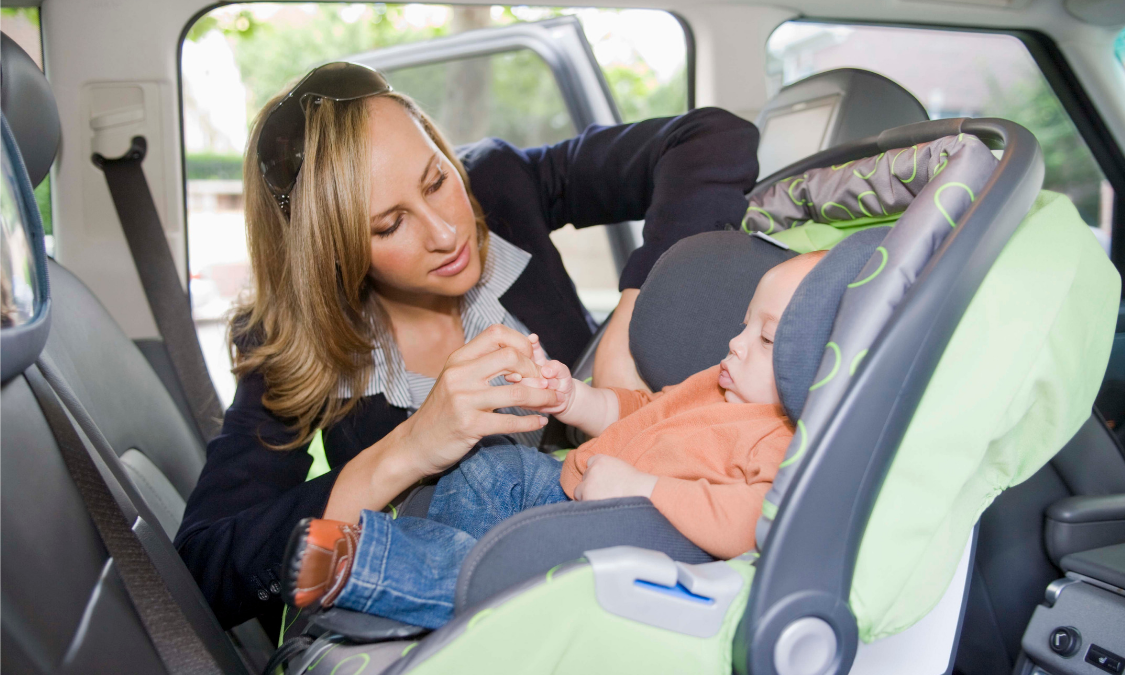When a hurricane or tropical storm hits the Central Florida area, you can be sure power outages will follow, some of which can drag on for weeks. Due to that scenario, many people have chosen to purchase a portable generator. Maybe you are one of them.
While portable generators are convenient and can bring relief during power outages, they are not always used correctly. Carbon monoxide poisoning is all too common with portable generators. Here are several ways you can be sure you are safe when using your portable generator.
Outside Not Inside
Always use your portable generator outside. Exhaust fumes from your portable generator will fill your house with carbon monoxide and slowly poison you, your family, and any pets you may have. This rule also applies to your garage, attic, and basement.
It is a good idea when using a generator near your house to have carbon monoxide detectors. Strong winds can blow the exhaust from your generator into the house through an open door or window. It would be best to keep your generator at least ten feet from your house, but even at that distance, winds could still blow the exhaust into your home.
Keep it Dry
Remember, your portable generator produces electricity, and electrocution is a natural hazard. Do not place your generator in a puddle or damp ground that could conduct electricity. Never use your generator when it rains unless you have a shelter that will keep it and the land around it dry, the cover won’t trap carbon monoxide, and it is not flammable.
Don’t Back Feed
Backfeeding occurs when a generator is plugged into an outlet like the ones above your kitchen counter or where your lamps are plugged in. If you send power into your home by that method, you send electricity in the wrong direction, and nothing good can come of it.
Frying your TV or computer is possible when you back feed with your portable generator. Backfeeding also sends power out to the nearby power lines and has caused the death of more than one lineman trying to repair the lines.
To avoid back-feeding, you must install a transfer switch before a power outage happens. Make sure a licensed electrician installs the transfer switch so it is installed correctly. The transfer switch will switch the load from the power lines to the generator to ensure power from both sources doesn’t cause severe damage to your home, appliances, and electronics.
There are two types of transfer switches, automatic and manual. Automatic is preferable because it switches when it senses that a power source has been gained or lost.
Keep Cool
Don’t ever add gasoline to your portable generator while it is running; not only is it hot and explosive, gas is a conductor of electricity. Pouring gasoline into a portable running generator could end in your electrocution.
Likewise, don’t pour gas into a generator into it when it’s hot, even if it is not running. Portable generators can get very hot and will likely ignite the gasoline being poured. A trip to a burn unit is not why you purchased a portable generator.
With that in mind, keep your portable generator away from anything that off-gasses flammable fumes. Things like solvent-based paints and cleaning products should be kept away from your portable generator. Don’t place any materials that could quickly burn against your generator either; this includes rags soaked in solvents, things like hay or straw, and paper.
If you follow these safety tips, there is no reason that you should not be comfortable in your home while the power is out around you.
If you have any questions about Homeowners Insurance or Generator Safety, contact us via email or at (863) 646-LOCK.



